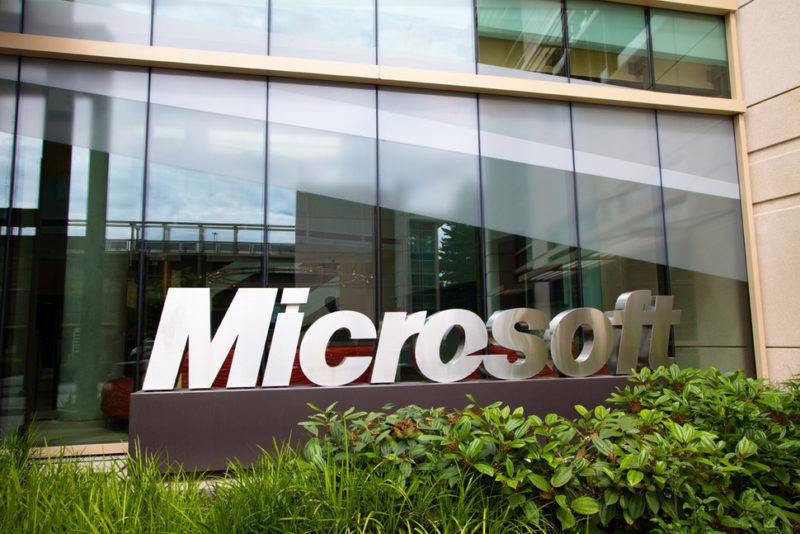Microsoft has released a batch of security patches, fixing 27 vulnerabilities in Windows, Microsoft Office, Internet Explorer, and its new Edge browser.
The patches are organised in nine security bulletins, five of which are rated critical and the rest important, making this Microsoft patch bundle one of the lightest this year. All of the issues resolved this month are in desktop deployments, but Windows servers might also be affected depending on their configuration.
“For example, Windows servers running Terminal Services tend to act as both desktop and server environments,” said Tod Beardsley, security research manager, Rapid7, via email. “However, the majority of Windows server admins out there can roll out patches at a fairly leisurely pace.”
On the desktop side, administrators should prioritise the Microsoft Office and browser patches: MS16-099 (Office), MS16-095 (IE) and MS16-096 (Edge). These vulnerabilities are critical and could be exploited remotely through web pages or Office documents to execute malicious code.
Another critical security bulletin that applies to Windows, but also to Microsoft Office, Skype and Lync is MS16-097. It covers patches for three vulnerabilities in the Windows Graphics Component that allow for remote code execution through malicious web pages and documents.
On Windows 10 with Edge, attackers could exploit the vulnerability by hosting a malicious PDF document on a website and then tricking users into loading that file in their browser. On other systems, attackers would have to trick users to download the document locally and then open it, for example through an email attachment.
The MS16-100 and MS16-098 bulletins, both rated as important, could also get some attention from hackers because they cover flaws that could be used to further their attacks.
“Overall, it’s a regular sized patch day which will keep Windows desktop administrators busy,” said Amol Sarwate, director of Vulnerability Labs, Qualys, in a blog post.





